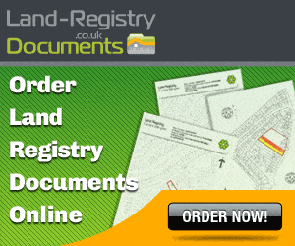In this section of the site we'll cover some more complex title issues. The list below will take you to dedicated pages that take a deep dive into the issues and explain what enquiries you might to raise and how you might advise your client. We will then cover some niche topics that perhaps don't warrant a page of their own but are worthy of discussion. We'll list these in alphabetical order but would encourage you to use the search function on the right.
- Flying Freehold
- Freehold Flats
- Part of a Building is Missing from a Property Title
- Tyneside Leases;
- Mines and Minerals;
- Prescriptive Easements;
- Covenants in Freehold Land;
What does blue tinting on a freehold title plan mean?
Generally, the title to a freehold property includes not just the land and buildings but the airspace above, up to "the heavens" (subject to some statutory exclusions which don't need to be discussed here) and the subsoil to the centre of the Earth (though mines and minerals are sometimes excluded). If the Property Register refers to blue tinting on the plan however, then that indicates that as to the area tinted blue only part of the title is included - for example, only the ground floor, or perhaps first floor rooms above a passage. Exactly what that means in practice will depend at least partly on whether the blue tinting covers the whole footprint of the building on the land or only part of it but it will usually indicate one of the following:
There will be a note in the property register which makes reference to the blue tinting and it will explain what level the blue land is on - for example "as to the part tinted blue on the plan only the first floor is included in the title". If the blue tinting covers only part of the area within the red edging on the plan, that implies a flying freehold (see the link above for more). If it includes the whole of the area edged red, it suggests a freehold flat.


